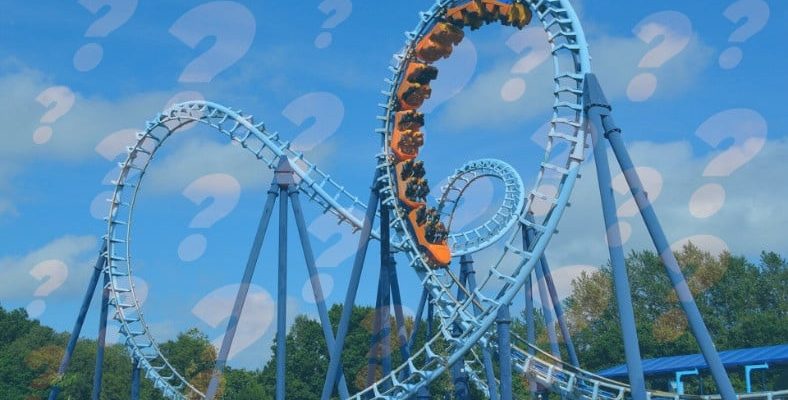If you’ve ever been to an amusement park, you’ve probably seen that the shape of roller coasters isn’t exactly like a circle. Well, have you ever thought why these trains do not form a full circle?
The use of circular loops for roller coasters was tried years ago but was later rejected. Instead, as it is preferred today, in general, “into an inverted teardrop” started to form a similar structure.
Years ago, the first roller coasters actually had a complete circular loop. However, this situation caused the people on the roller coaster to get hurt, turning the entertainment into a torture. The inverted tear drop, which is widely used today, is less intense G force and therefore trains become fun rather than painful.
Circular loops have been tried before on roller coasters
The circular-loop roller coaster Flip Flap Railway in Coney Island.
Roller coasters of the 1840s and early 1900s originally consisted of fully circular loops. That is, the riders immediately encountered a curve after moving in a completely straight circle. The train’s tilting so quickly had a consequence: excessive G-force. Coney Island, the first circular loop roller coaster in North America Flip Flap Railwaycould exert up to 14 G of force on a person.
fighter pilots with very special equipment and training for short periods of time. Let’s also mention that they can withstand up to 10 G of force. As such, the 14 G is actually a seriously powerful force for a civilian.
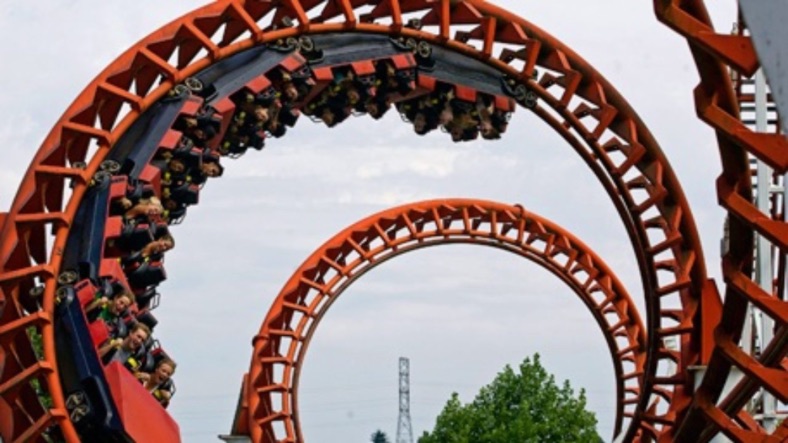
If we explain this; in fact, roller coasters follow a circular loop, meaning that the vehicles are very fast when they come to the bottom of the circle, and slow down when they go up the hill.
The rapid exits of the train from the bottom up created extreme centrifugal force on the riders, and this force literally glued the riders to their seats. Riders are often in their seats due to excessive pressure from centrifugal force. was suffering or was injured.
Apart from this, the deceleration at the top caused the centrifugal force to decrease and the gravitational force to increase. The emergence of these factors can reduce the pressure on the riders and often times when the train is just up. resulted in them falling out of their seats.
Paid to watch, not ride
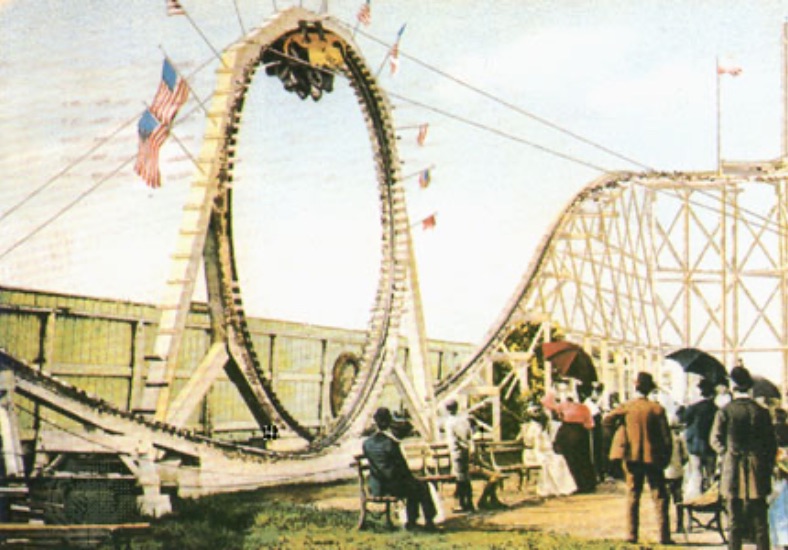
Because riding roller coasters with circular loops was extremely dangerous and painful for riders, many began to pay not to board the train, but simply to watch the riders. The roller coaster, which had many circular loops that had not been successful over the years, was also gradually closed.
Construction of the first non-circular roller coaster
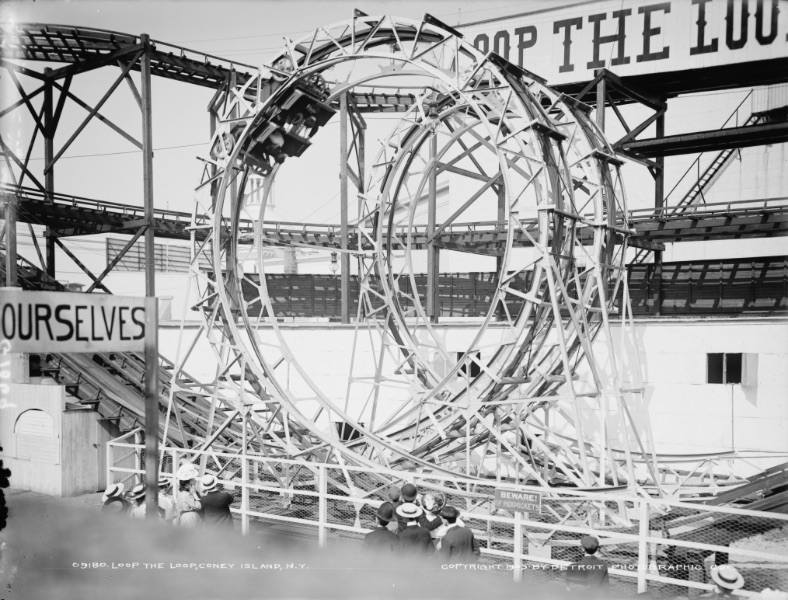
Loop the Loop, the first non-circular roller coaster to land on Coney Island.
Edwin Prescott in 1901 at Coney Island Loop the Loophe built it. Unlike the others, this train is still widely used today. “reverse teardrop” made in the form. However, as people were still quite reluctant to get on these trains, they were content to just watch the other people on board.
Vertical exit roller coasters, on the other hand, opened in 1976 at Six Flags Magic Mountain. Great American RevolutionIt was never used until its design. Vertical roller coasters also attracted a lot of attention at that time, and many companies quickly started using roller coasters with this vertical loop.
on 22 June 2013 Six Flags Magic Mountainthe highest in the world at the time of its opening. 160-foot (49 m) steel launch train with loop Full Throttleintroduced the. As of 2016, the largest vertical loop is a roller coaster built by Mack Rides at Lewa Adventure in Shaanxi, China. in Flash (61 m) exists.
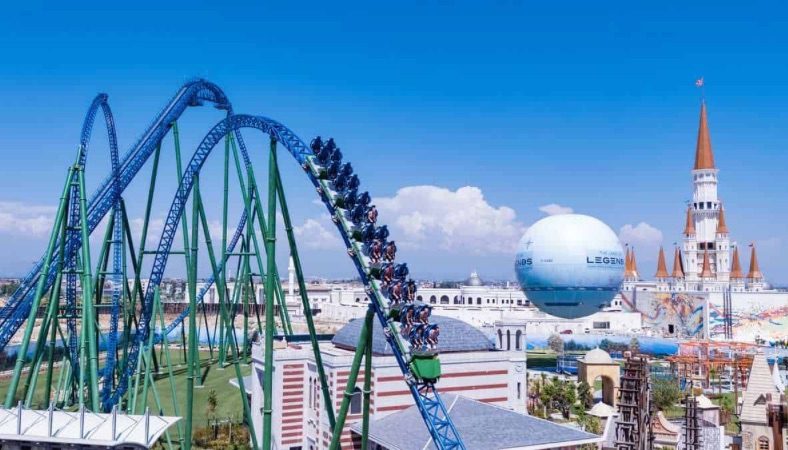
Hyper Coaster featured in Land of Legends in Turkey.
The roller coaster record is also located in Antalya. “Land of Legends” same as the Flash in Lewa Adventure, built in 2018 in the theme park Hyper Coaster (62m) It is also shared with.
